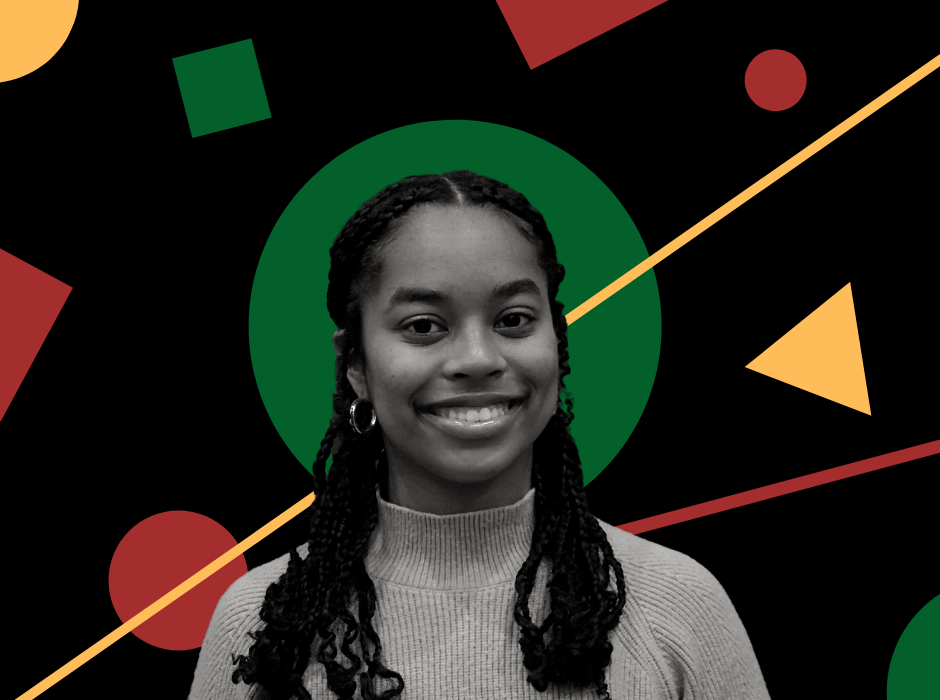Over winter break, I watched Issa Rae’s HBO television series, Insecure. As a young Black woman constantly searching for holistic, diverse portrayals of Black women and Black womanhood, I found this show stunning. Issa’s friends Molly, Kelli, and Tiffany, along with the rich array of other Black characters, demonstrates the show creators’ intentionality in providing an honest lens into Blackness. I am not alone in this opinion: Insecure is lauded for its authentic depictions of Black women and men, particularly by Black fans who see themselves represented in the show.
As I reflect on what this show means to me and so many other young Black women, I am reminded of why it is so groundbreaking and novel. Historically, Black women have rarely been given control of our own narratives, both in television and film. America has an age-old, twisted legacy of cultural gatekeeping that has prevented Black women from assuming leading roles and shoehorned them into stereotypical archetypes. These archetypes, rooted in slavery-era minstrelsy, have consistently been used to denigrate Black women, reducing us to extreme caricatures and justifying our oppression. From the hypersexualized Jezebel and the subservient Mammy, to the ornery Sapphire and the pathetic Tragic Mulatta, these images reinforce the expectations of a society that is subsumed in racist messaging.
Black women have responded to this cultural marginalization through a critical engagement with depictions of us on the screen. The critical lens through which we consume media is what late Black feminist scholar bell hooks referred to as the “oppositional gaze.” In Hooks’ series of essays titled, “Black Looks: Race and Representation,” she asserts that, “there is power in looking.” She then goes on to describe the power in being able to gaze upon society with a critical eye, and how marginalized groups can utilize this gaze as a method of resistance rather than domination:
“Subordinates in relations of power learn experientially that there is a critical gaze, one that ‘looks’ in order to document, one that is oppositional.”
For Black people, in particular, Hooks explains that “all attempts to repress our/black peoples’ right to gaze had produced in us an overwhelming longing to look, a rebellious desire, an oppositional gaze.” By using this oppositional gaze, Hooks asserts that we, as Black people, say: “Not only will I stare. I want my look to change reality.” We have always used our gaze to analyze and critique the racist structures of our society, and thereby defy the dominant culture that gazes at us through a lens of White supremacy.
Black women’s oppositional gaze shapes cultural conversations about contemporary media. For instance, the high demand for YouTube video essays produced by Black women/femme creators reflects the growing prevalence of the oppositional gaze. Creators like Kimberly N. Foster (For Harriet), Khadija Mbowe, Amanda Maryanna, and Yhara Zayd, have built platforms with huge followings by engaging with popular culture through a feminist/Black feminist lens. These creators highlight the misogynoir in popular media, with content ranging from racism in the horror genre, White savior themes in film, and the lack of Black women in romantic comedies. These creators are prime examples of the power of the oppositional gaze in shaping perceptions of Black women.
As a Black girl growing up, I had no choice but to consume media through the oppositional gaze. I remember being confused when I watched children’s shows and did not see any Black faces. I remember cringing when the shows I loved would introduce a Black character, only to villainize or reduce them to a comedic caricature, a mere punchline in the episode. I remember wondering why my favorite shows portrayed the only Black female characters as unattractive and trivialized their romantic desires when I thought that they were beautiful and worthy of romantic partners. Although I did not have the language to describe my feelings then, I now understand that my racial and gender identity has always been integral to my understanding of cultural representations in media.
This Black History Month, I celebrate the creation of contemporary media like Insecure, and the growing opportunities for Black women to be in front of and behind the camera. It is high time that we see accurate depictions of all facets of Black womanhood: the good, the bad, the ugly, and everything in between. Ultimately, we must recognize that our collective oppositional gaze has made way for Insecure and other media that spotlight our stories meaningfully. There is power in our oppositional gaze, and we continue to shape culture through our resistance.
The original artwork for this article was created by Harvard College student article was created by Harvard College student Duncan Glew for the exclusive use of the HPR. Writer headshot by Aaron Kang.



